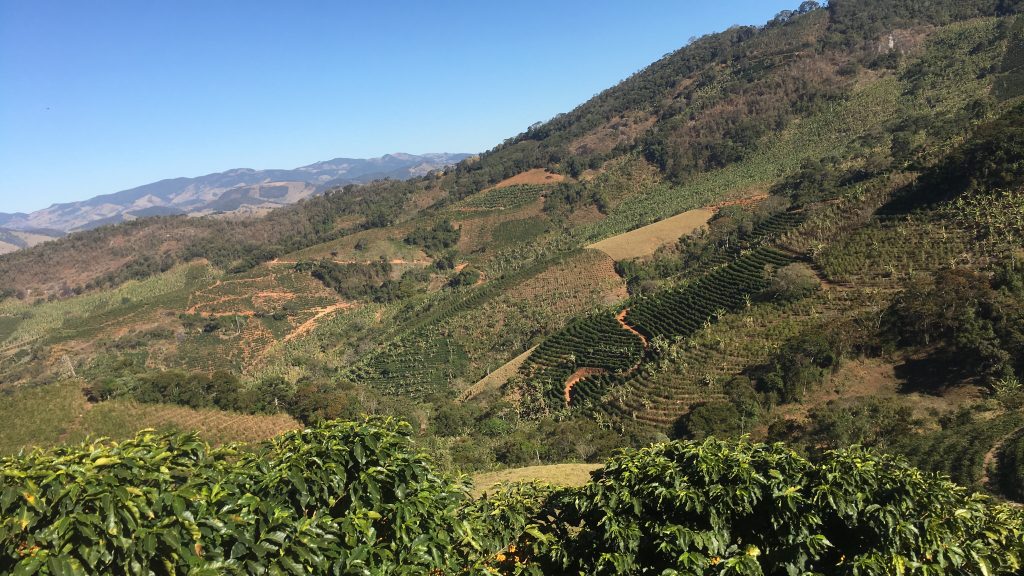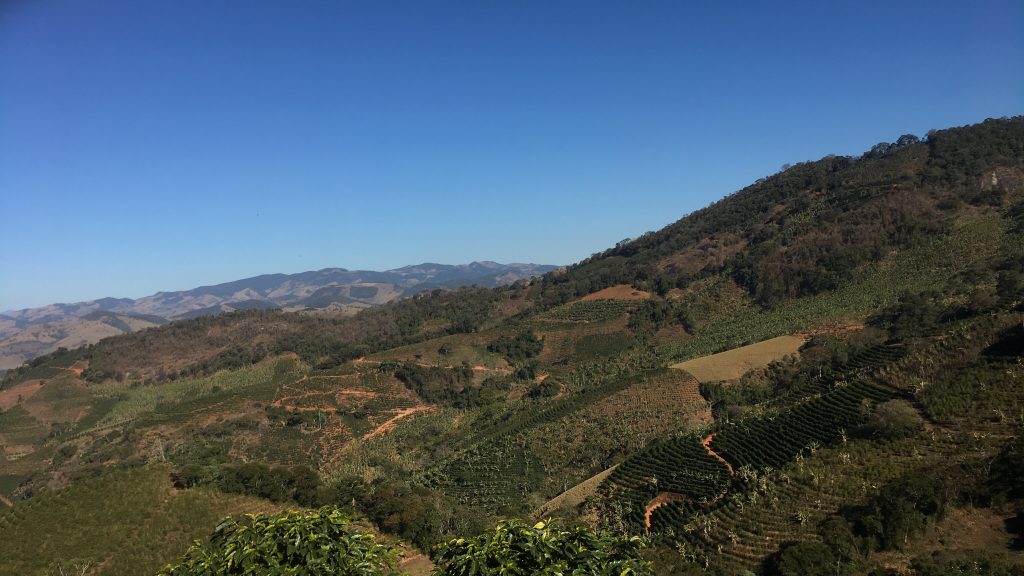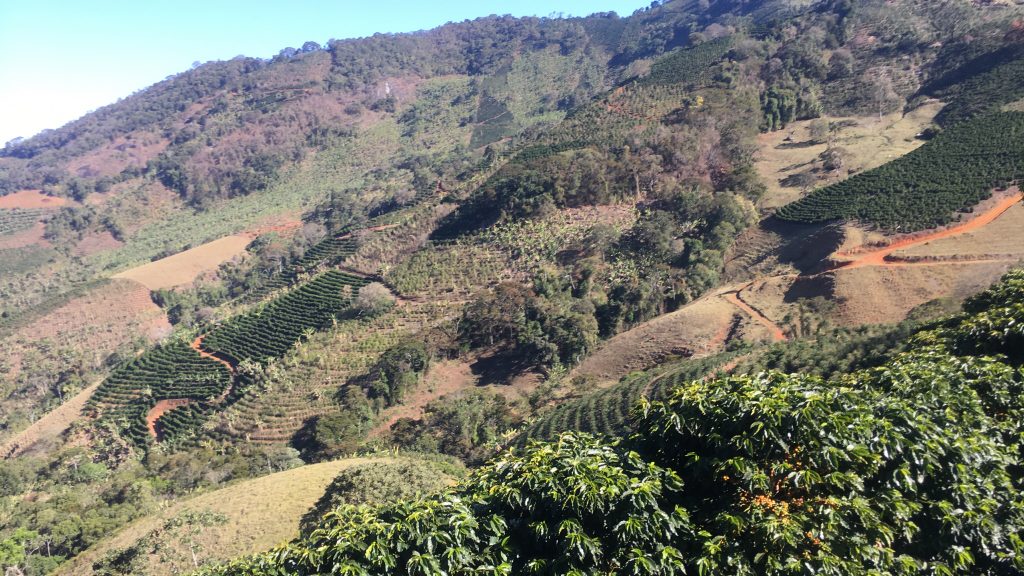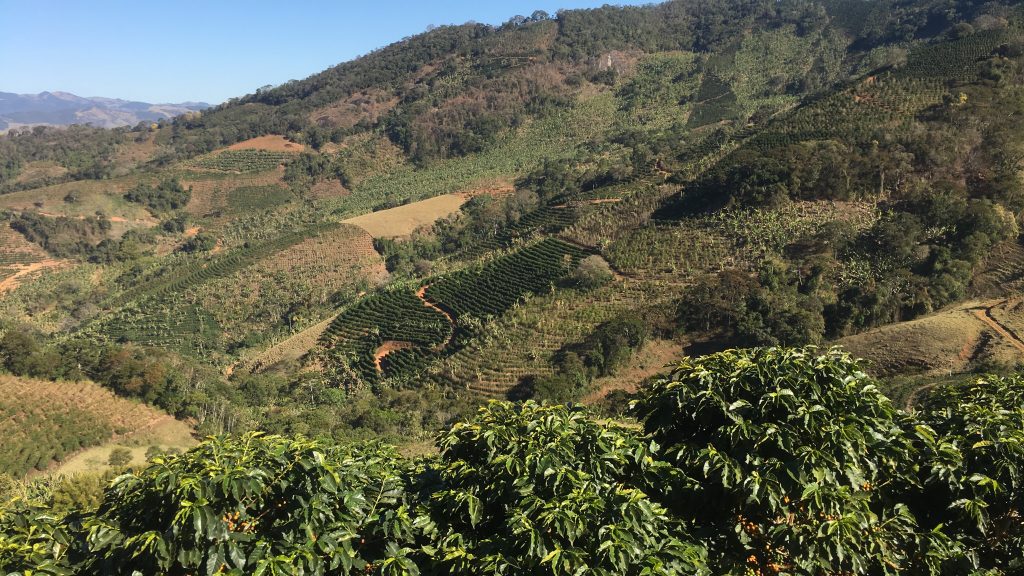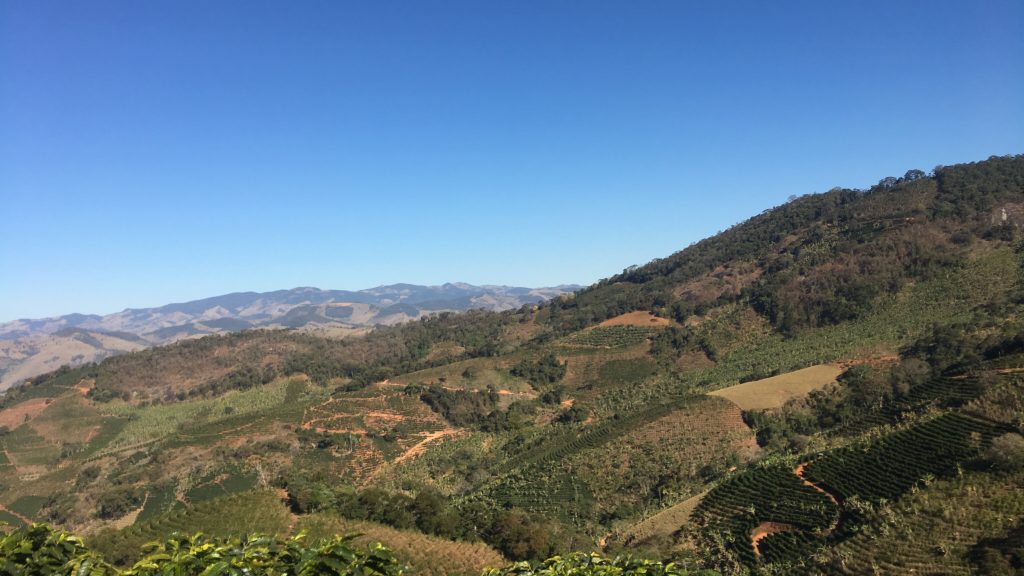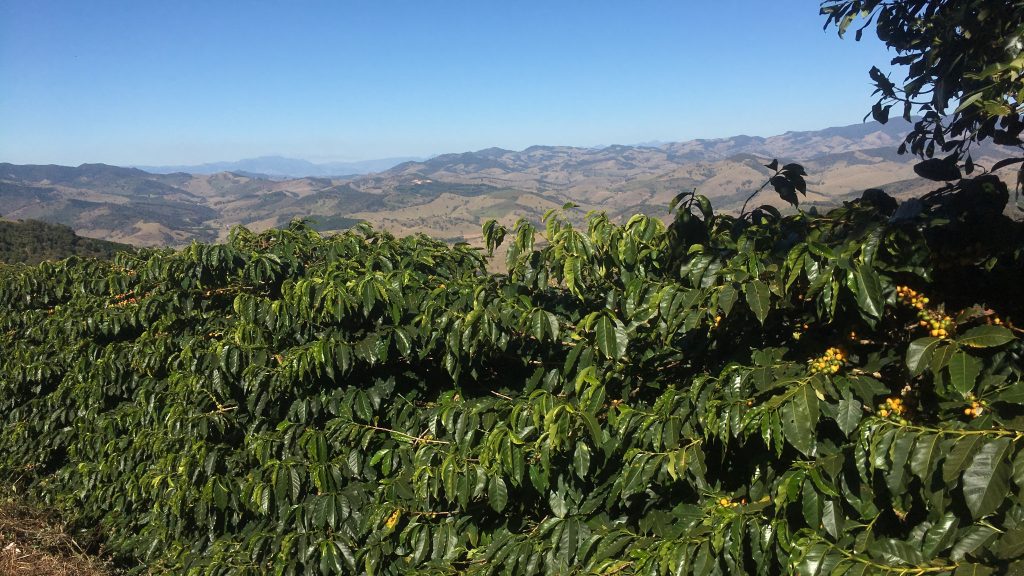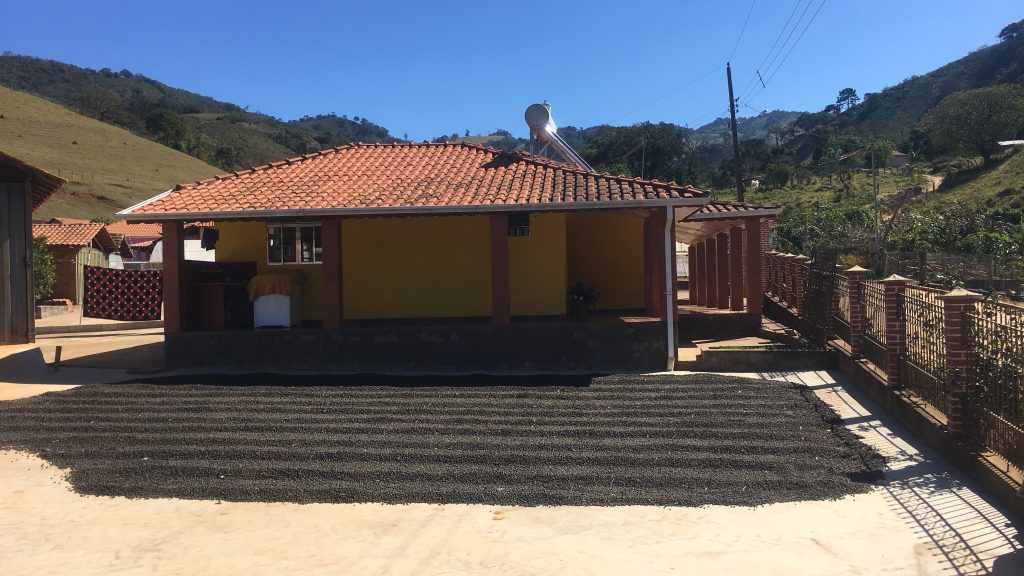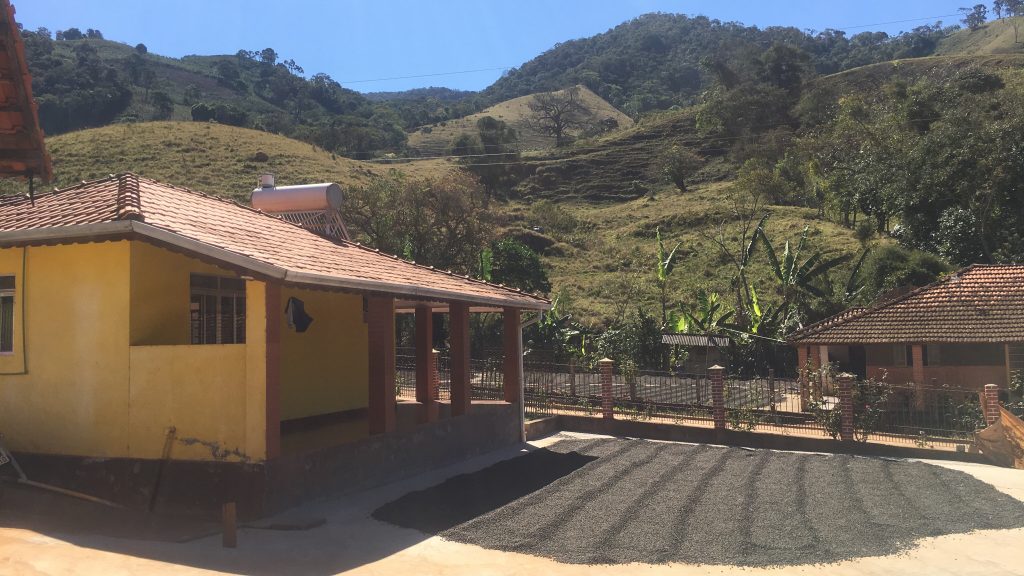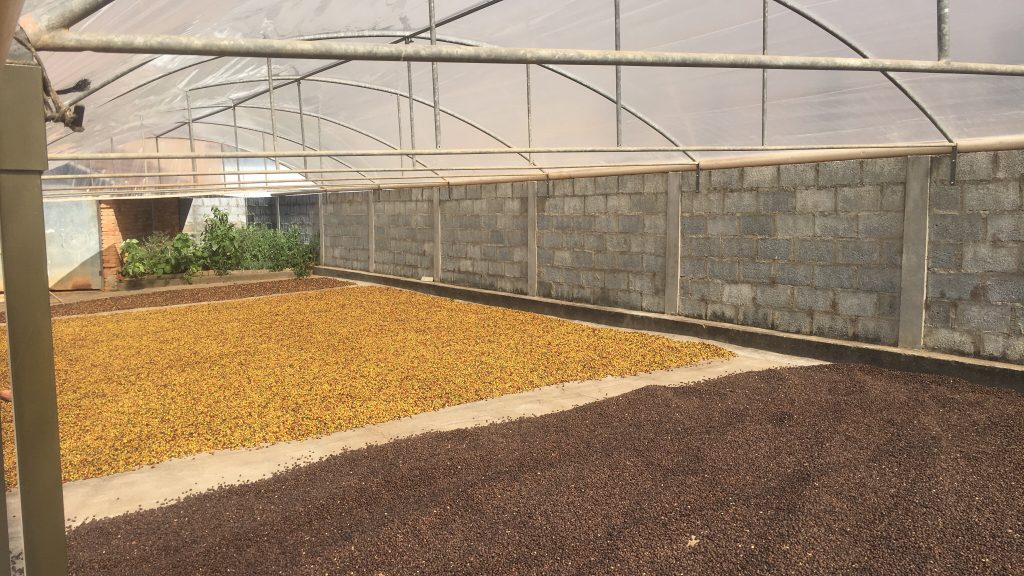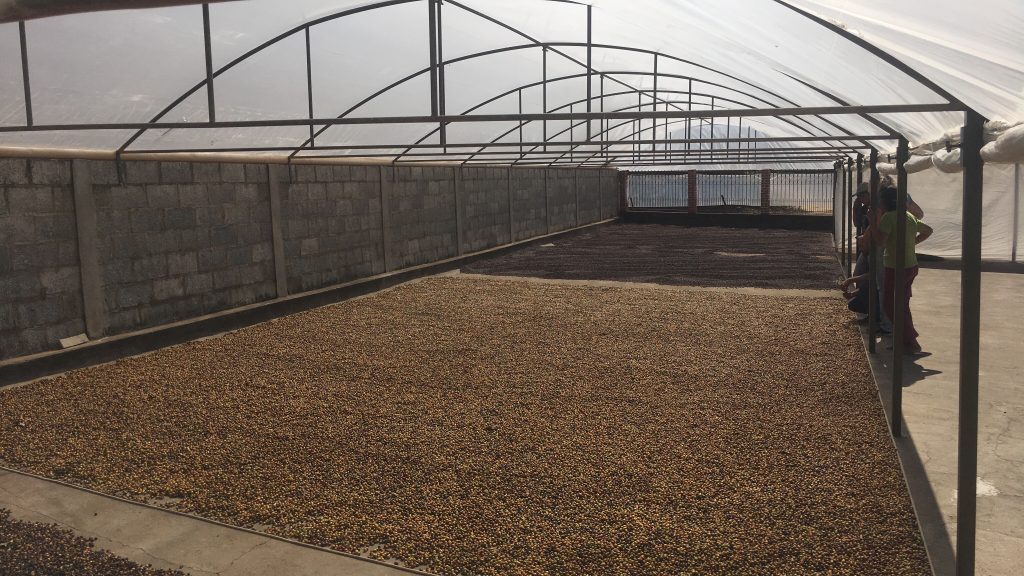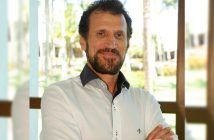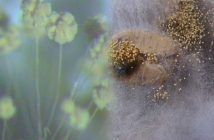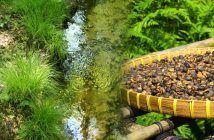in only two years producing special coffees, they won, in 2016, the second position in Cup of Excellence, with mark 90.34
The bag was sold at R$ 14 thousand to Almacielo and Ona Coffee, from Australia
Sertãozinho district, in Cristina, Minas Gerais, hides some real gems. Among the small producers of special coffees – which amount to over 80 – is Vargem Alegre ranch, from the Silva family. The area counts on around 12 hectares, divided into three ranches: Vargem Alegre, São Sebastião and Tarumã. They are managed by family members: Cleverson Daniel da Silva, 21 years old, is responsible for Vargem Alegre, the highest of all, at 1,400 meters of altitude and in second position in Cup of Excellence, promoted by BSCA, in 2016.
The younger brother, Eduardo Daniel da Silva, 18 years old, manages São Sebastião, with a plantation located in a little lower altitude, 1,350 meters.
And the father, Sebastião Daniel da Silva, is responsible for Tarumã, the newest lands of the family, 1,250 m high. To buy them Mr. Sebastião had to run into a debt higher than he wanted. “We started to work with coffee out of necessity. Earlier, for ten years, I planted bananas, and coffee came later”, tells Mr. Sebastião.
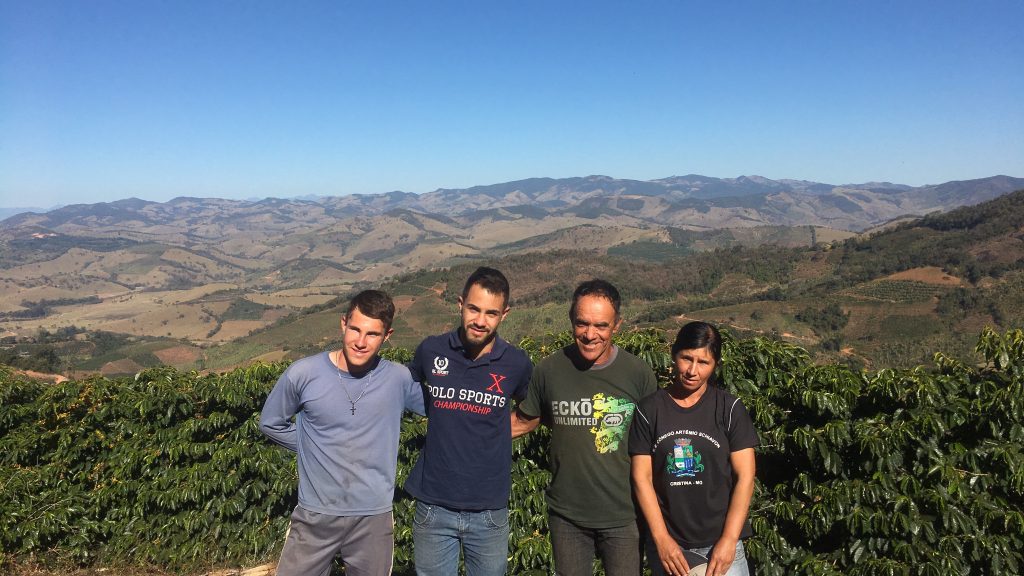
(All the family together at the Vargem Alegre Ranch: Eduardo, Cleverson, Sebastião and Hilda)
Tough times
Due to circumstances, he had to work hard on the new lands, neglecting the others, which were recently divided among his sons. “I suffered a lot to pay the land and ended up by dedicating to it alone, neglecting the other lands. Before buying Tarumã, I used to harvest 350 bags a year at Vargem Alegre. Later it fell to 50”, he recalls.
Recovery came with his wife, Hilda, who started to dedicate her time and service. “Cléverson was still small, around 10 years old, and used to come with me to work on the uplands. He worked a little, and when he was tired he would sleep in a little cradle that I prepared to him on a large coffee sieve tied on two trees, like a hammock”, he recalls.
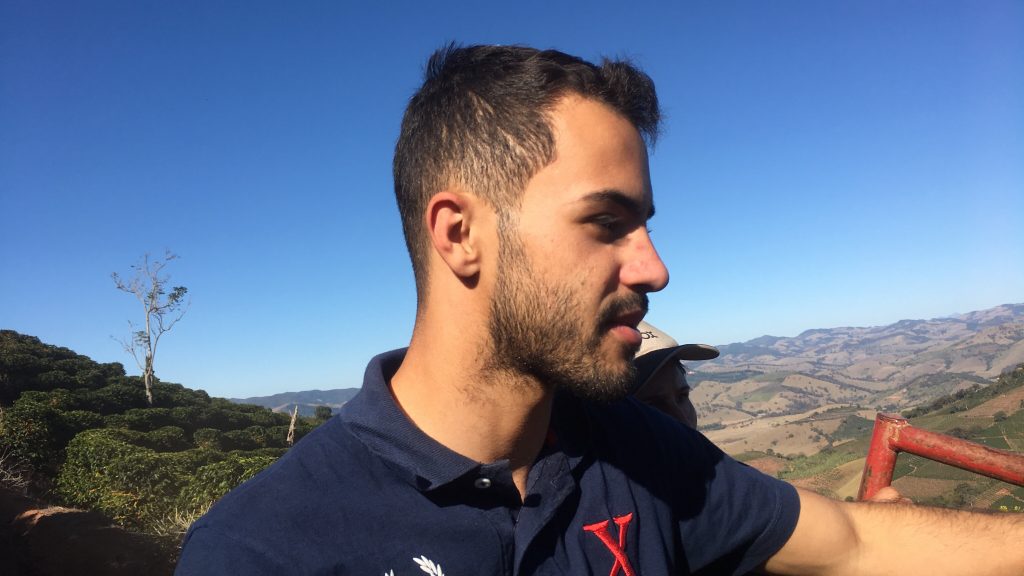
(It was the son Cleverson who brought the idea of planting special coffee for the family, an idea that worked very well!)
And Cleverson was the first to get interested in special coffees, chiefly due to the altitude of his lands”. When he noticed that his sons’ interest was genuine, Mr. Sebastião encouraged them to seek knowledge. I always told them that to work with special coffees we had to understand, to seek knowledge, otherwise it wouldn’t work”, he says. Today, Vargem Alegre ranch works only with special coffees.
They started with special coffees only two years ago and are already harvesting excellent results. “Now that we are producing special coffees, our bag is rated at R$ 1,500,00. At the time when we planted only commodities, the maximum we could get was R$ 400 per bag”, tells Mr. Sebastião.
Differentiated harvest
Due to the altitude, the coffee ripens unevenly on the tree. Due to that, the harvest occurs from May through November, since it is fully selective. And due to the altitude, their special coffee trees usually bloom two to three times a year.
- Eduardo nos levou morro acima com seu trator…
- … E Sebastião nos acompanhava atrás em sua moto
The three properties harvests are fully manual, and they plant Catucaí, Yellow Bourbon, Acaía and Mundo Novo. Though being different properties, the work is jointly done by the men in the plantation. “At the time of harvest, my father’s plantation always ripens first. So we harvest together, then we harvest my coffee and finally my brother’s”, explains Cleverson who, despite his success, works during the week at a cooperative, COCARIVE, and also had the guts to graduate as Qgrader.
The three properties count on around 37 thousand coffee trees, 15 thousand in Tarumã, 11 thousand in Vargem Alegre and 11 in São Sebastião. “We produce a lot of coffee with fruity characteristics, very complex, and with citric acidity, and red and yellow fruit nuances”, he proudly explains.
Special coffees: Cléverson’s passion
“When I concluded high school, I had to join the Army, and remained for a year in barracks. When I left, I came back home and started to fall in love with special coffees and went to the field to work only with special coffees. I attended SENAR courses, liked it, and then the opportunity to work at COCARIVE came and I attended the course to be able to help tasting coffee there. I became Qgrader and my great dream now is to be able to help my neighbors, who have an excellent terroir but don’t know much about special coffees. In fact, many of them are stubborn and don’t want to learn”, he tells.
- Vista do Sítio Vargem Alegre
Coffee plantations at Mantiqueira terroir are very old. Cléverson and Eduardo grandmother Mrs. Nair Cândida da Silva’s father descended from Indians and started the plantation. “His name was Luís Cândido and he got married with Japanese descendent Mrs. Geralda Cândida”, tells Mrs. Nair, today 77 years old, and, along with her daughter, Hilda Cândida da Silva, the boys’ mother, manage the yards, which are, by the way, a special case.
COCARIVE
COCARIVE is a coffee exporter cooperative in Carmo de Minas. It counts on around 1,000 associates, 80% of them small producers. The cooperative promotes lectures, and courses on yard, drier, machine maintenance, tractor driver, correct use of agrochemicals, etc.
They say they have recently harvested Bourbon, and when it was taken to be tasted, they found out that its taste was very similar to that of the Kenyan coffee. “Of course we sold this micro-lot quickly to some Australian baristas”, he says.
Female secrets after harvest
With temperature ranging from 20o to 17o, the men of the family say that 50% of their properties’ special coffees quality come from the management after harvest, under the responsibility of Hilda, their mother, and Nair, the grandmother. Truth is, though the coffee yards are located outside the family house, Grão Especial team was surprised with the perfection. Everything neatly clean. The floor where coffees are dried is so clean that you can eat there. Everything absolutely well organized.
 (The brothers Cleverson and Eduardo take care of the harvest, but it`s the mother Hilda and the grandmother Nair the ones who puts their hands at the hoe in the yard)
(The brothers Cleverson and Eduardo take care of the harvest, but it`s the mother Hilda and the grandmother Nair the ones who puts their hands at the hoe in the yard)
The yards are 1,500 meters, and the first, open, receives sun the whole day long. When we visited the property the sun was still there and it was past 4 pm.
“50% of our coffee quality comes from them, because, in the yard, they do so much better than we do. Some days, around 9 pm, they are still there working with the coffee in the yard. Coffees remain in the open yard for around two days. Only then they go to the covered yard, in the stove, a novelty here that helps us a lot in keeping the quality of grains”, tells Cleverson. There, the coffee may stay for up to four weeks to finish drying.
“My father had the idea of the stove. During the harvest it is assembled, and then we disassemble it. It was a high investment to us, around R$ 8 thousand, very expensive, but it was worth our while, because it facilitates our work, since we need not cover the coffee the whole afternoon and it helps us even the temperature of all grains”, explains Cleverson.
- Terreiro em frente a casa
- Terreiro da casa coberto com estufa
Cup of Excellence 2017
Cleverson tells that he harvested the coffee that will compete in Cup of Excellence 2017 in July, at 1,370 m altitude. Two micro-lots will compete, one is Yellow Catuaí and the other is Bourbon. “It is a coffee with red fruit nuances, more winy, with light acidity and orange and raisin nuances”, he tells with enthusiasm.
In the first year of special coffee cultivation, the family participated in Cup of Excellence and Vargem Alegre ranch reached the second position, as already said, and Mr. Sebastião coffee reached the ninth position. “After that work, we gained many clients. The ‘Cup” provided good visibility to our district, which will help all producers here”, he says.
The lower scoring Vargem Alegre ranch reached in its special coffees was 87. “This year, of what we have already harvested, the lower scoring was 90. That is why we are so excited to obtain an excellent result in the ‘Cup’”, says Cleverson.
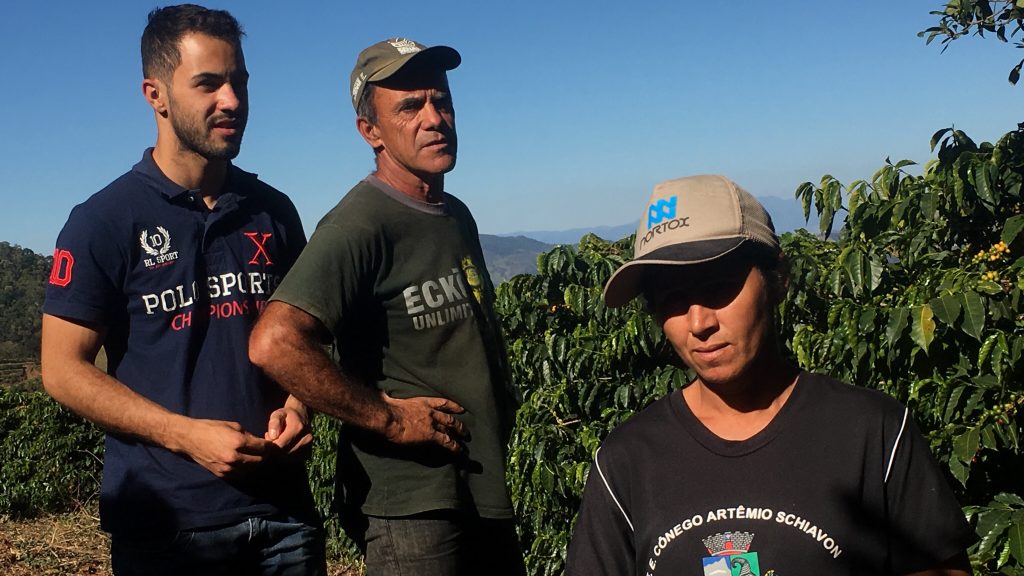
(The couple Sebastião and Hilda and their son Cleverson: investment in specialty coffees brought results)
Future plans
The family is starting the construction of a small tasting laboratory, in the area above the first yard, whose main objective is to help the whole community. “We will taste coffees from the whole district. We will teach small producers here who don’t know how to taste their own drink, show them how much their coffee is really worth. I can help bringing information. They already have the micro-climate, the altitude; only information is lacking”, he says.
The idea also involves lectures and courses for the local producers not to travel distances. After all, they are micro-properties and here nobody hires people to the harvest. And, among the 80 properties of the district, 60 of them plant special coffees. In these moments with more work, they gather and collaborate with each other. The one who finishes harvesting first, helps his neighbor and vice versa. Good to see that!
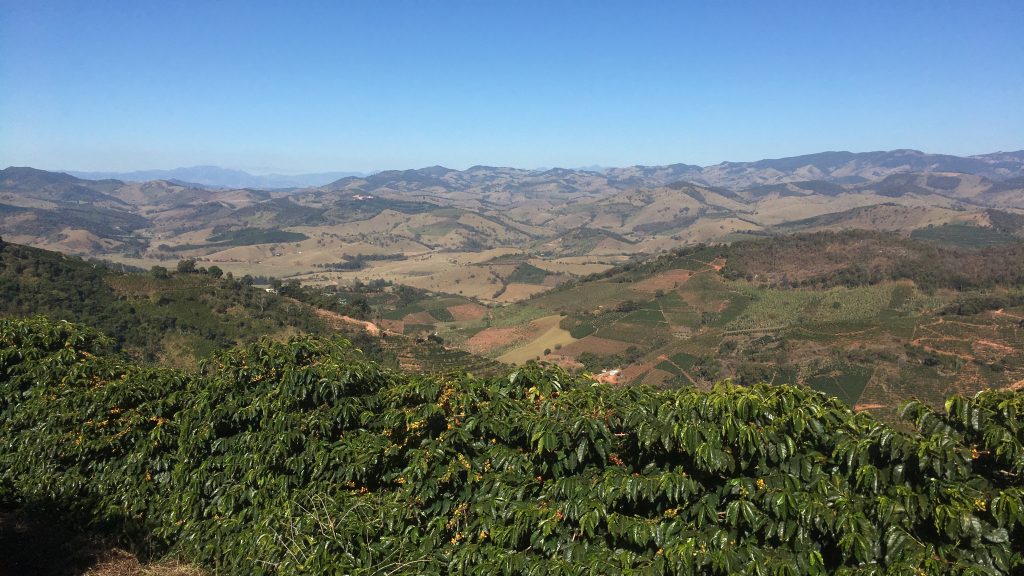
Vargem Alegre Ranch view
Mantiqueira Terroir
Located in Minas Gerais portion of Mantiqueira Mountains, at the south of Minas Gerais state, is the Mantiqueira Terroir. It comprises Minas Gerais’ Zona da Mata mesoregion. Its climate is high altitude tropical and the vegetation is Atlantic Forest. The region presents rugose, rugged and dissected relief. It is in this terroir that 60% of Mantiqueira Mountains is located, a chain of mountains that extends to São Paulo and Rio de Janeiro states.
Due to its characteristic climate and relief, the region occupation is associated to the coffee plantation expansion. Many cities in Zona da Mata arose from coffee plantations, and agriculture and cattle raising are the economic base of the region’s municipalities. Mantiqueira terroir comprises chiefly producers that own small farms located along the mountains’ coasts. In plantations, harvest is still manually done. With tradition in the production of special coffees, Minas Gerais’ Mantiqueira terroir is today one of the most awarded regions in Brazil. In 2011, it was acknowledged as Geographical Indication (GI), in Indication of Origin modality for its tradition and world reputation in the production of special coffees with a unique sensory profile.



